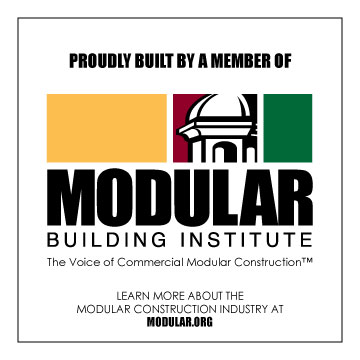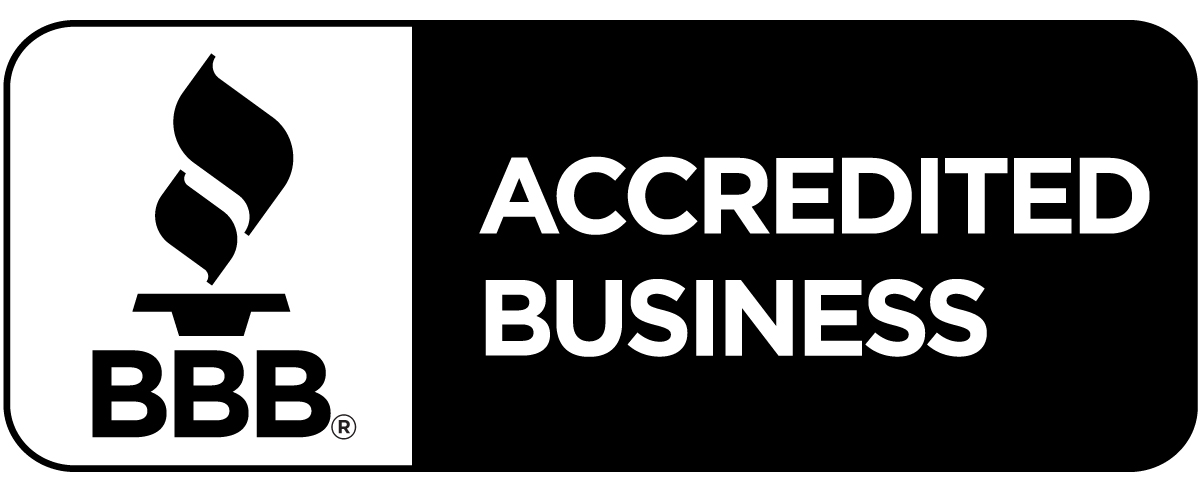Prefab multi-family construction in Orange County is the a style of construction where the building is built (prefabricated) as modules in a factory, then transported where the modules are connected to each other and the site constructed foundation.
Prefab construction is used to build:
- Single Family Homes
- Accessory Dwelling Units
- Multifamily Apartments
- Student Dormitories
- Senior Housing
- Affordable Housing Apartments
- Hotels: Marriott, Hilton, Hampton
- Schools
- Military barracks
- Hospitals
- Restaurants
Benefits of Prefab construction in Orange County aka Prefabricated Construction are:
FAST Saves Time and Money
GREEN Less impact on community and environment
QUALITY Built indoors by highly skilled labor with high tech equipotent
SMART Saving $$ with a faster return on capital
Just like Lego’s?
Similar Concept but a lot more complicated. You need an experienced team with an experienced Project Manager to manage the project from concept through design; engineering, permits, onsite construction, logistics, factory fabrication, installation and Certificate of Occupancy. Prefab Multifamily Construction is an experienced Prefab “quarterback” as a full service general contractor specializing in Prefab construction with a team that has over 150 years combined experience…
USModular services include:
- Design
- Structural Engineering
- Civil Engineering
- Fabrication
- Transportation
- Installation
- Site work including foundations
- Permit processing
- Permits – State and Local
- Modular Consulting – making sure you have the right team in place
PrefabMultifamily Construction can work as the General Contractor, Vertical Construction Subcontractor or Prefab Consultant – all with the same goal to build Faster, Smarter, and Greener.
There are two types of Prefab building available in Orange County :
Wood Prefab construction (Type 5): Is suited for single family homes and multi-Family projects that are four stories or less.
Watch Video of Wood Frame Prefab apartment construction by USModular Inc:
This is most commonly used in hotels, apartments and single family homes. All building has fire sprinklers and is energy rated to comply with State and Local energy and building codes.
Steel Frame construction (Type 2) construction: A newer type of construction in the Prefab multi-family world and many projects are based on the technology of the steel frame shipping container as they are durable and lightweight. Many hotels, apartments, student dormitories and senior housing projects around the world are built with this technology.
Watch Video of 7 story student dormitory built with steel frame modules:
https://www.youtube.com/watch?v=2E_O7cLBJag
This is a popular option on infill projects that need to go taller than 4 stories. A fast and sturdy process.
Time is money and Prefab housing construction can save on both.
Not surprisingly, housing providers are taking a second look at Prefab building as a time- and cost-efficient way to address the national affordable housing shortage.
“Prefab construction has been an option for multifamily-type projects for decades,” said Tom Hardiman, executive director of the Prefab Building Institute, an international trade association of more than 300 member companies in commercial Prefab construction. “But it really started to gain momentum about three or four years ago. Developers seeking shorter schedules and quicker return on investment began incorporating Prefab into their projects, particularly in large urban areas where labor rates were high.”
Case in point: Developer BRIDGE Housing’s first two low-income housing tax credit (LIHTC) developments using Prefab construction are in one of the most expensive places to build–the San Francisco Bay Area. BRIDGE Housing celebrated the grand opening of its 115-apartment Marea Alta in May and is building an additional 85 homes for San Leandro Senior Apartments on the same site as Marea Alta in San Leandro.
“Prefab is something that developers have been looking at as a way to construct buildings more quickly and efficiently,” said Cynthia Parker, president and CEO of BRIDGE Housing. “In the case of Marea Alta in San Leandro, Prefab helped mitigate a funding gap–especially important now, when the need for affordable housing is so dire.”
Valencia Grove Multifamily project in Southern California
While Prefab housing construction has been around for years, there can still be confusion about terminology. The terms, “off-site,” “prefabricated,” “manufactured” and “Prefab” are often used interchangeably in casual conversation, but have different meanings.
Off-site or prefabricated construction broadly refers to a building method in which structural components are manufactured and assembled in a factory, then transported to the site for installation.
Both manufactured homes and Prefab construction fall within the umbrella of off-site or prefabricated construction, but the distinctions between them are important. Manufactured homes, the current industry-preferred term for mobile homes or trailers, are built to the U.S. Department of Housing and Urban Development (HUD) building code. In contrast, Prefab construction is not a type of home, but rather a building method that complies with the same local building codes as on-site construction.
Manufactured homes rest on a nonremovable steel chassis, while Prefab homes are placed on a permanent foundation. The differences in foundation mean that manufactured homes are typically only one story, whereas Prefab components can be “stacked” to create a multiple-story building–making Prefab construction a good fit for multifamily development.
Modules are typically delivered to the job site complete with paint, cabinets, appliances and fixtures. Once cranes position them into place, crews make electrical, plumbing, mechanical and structural connections. Sometimes flooring is installed on-site to allow for acclimation. Aside from the off-site construction of its parts, Prefab housing looks and functions the same as “stick-built” on-site-construction housing.
The hallmark of Prefab construction is efficiency. With Prefab construction, work can be done on various parts of the home simultaneously instead of sequentially. “Because construction is occurring off-site in a factory-controlled setting, the Prefab fabricator can complete the first, second and third floors while the site is being developed,” said Hardiman. “Once the site is ready, a multistory building can be under roof in just a few days.”
In his experience building about half a dozen LIHTC properties, Doug Henriquez of Clayton Building Solutions Inc. said the gap in efficiency between Prefab and site-built construction has widened. “Years ago, I’d say [the time savings of Prefab was] 40-50 percent, but nowadays it’s 70 percent,” said Henriquez. “On-site builders cannot build on the timeline they used to be able to, due to lack of talent and lack of labor force.” Henriquez said that the labor force for construction is down 10 percent compared to 10 years ago, with some states seeing a dip of as much as 15 percent.
In addition to time and cost advantages, Prefab can also be a competitive advantage for LIHTC developers in states where allocating agencies award application points for efficiency or building innovation. BRIDGE Housing’s Parker said that Prefab developments are shovel-ready, which can help them score points for innovation on the California LIHTC application. MassHousing, the allocating agency for Massachusetts, specifically names Prefab construction as an example of a cost-effective building approach that could be considered under the design section of its LIHTC application.
Because Prefab construction in LIHTC development is relatively new, early adapters are still developing best practices. U.S. Bank’s first LIHTC investment in Prefab construction is BRIDGE Housing’s San Leandro Senior Apartments. The 109 modules that will be used for the building are being manufactured more than 600 miles away–in Boise, Idaho.
Quality control for off-site construction was an initial concern for U.S. Bank, which typically hires a consultant to conduct monthly site visits for traditional construction developments. Brooke Bright, a construction underwriter for U.S. Bank, said she was reassured of the modules’ quality when she visited the Boise factory and witnessed the level of oversight. A state of California inspector and two independent inspectors were there to evaluate the process.
Another underwriting concern for U.S. Bank was the risk of transportation and storage of the modules before installation. Bright worked with insurance experts to create a model under which responsibility for the modules was placed on the manufacturing company during construction, then on the trucking company during transportation and finally on the general contractor upon delivery. Modules are individually wrapped in two layers of weather-resistant plastic, which allows them to be stored safely in a secured lot near the construction site until installation. “This is an example of how we at U.S. Bank embrace innovation and change,” said Bright. “It took a lot of teamwork.”
Henriquez advises developers considering Prefab for the first time to make sure that all parties involved understand exactly how Prefab differs from site-built construction, on everything from risk to cash flow. “When a developer looks at the timeline for a project and runs the net present value and expected return on investment, they must look at the absolute start and finish of the product, from design all the way through 90 percent absorption,” said Henriquez. “The cash flows are very different–[Prefab] allows them to absorb their product more quickly so they have rental receipts in half the time.”
As a cost-saving measure, Henriquez suggests that developers work closely with the Prefab manufacturer and general contractor from the beginning to outline roles and expectations. Henriquez said that initial estimates for how much work general contractors need to do to install Prefab housing can be inaccurate if parties assume that Prefab requires the same amount of work as site-built construction.
The Housing Authority of the County of Orange County (HACSB) last year completed its first demolition and Prefab rebuild, turning an old public housing site into Valencia Grove, a 4 percent LIHTC property in Redlands, Calif. Gus Joslin, HACSB’s deputy executive director, said that Valencia Grove was a good learning experience. The development was originally intended as site-built construction, but converted to Prefab in the process. Joslin said changing construction methods midstream created timing and cost issues that wouldn’t have happened if HACSB started with Prefab. “We’re certainly looking at doing [Prefab] again,” said Joslin. “It’s imperative from Day 1 to start as Prefab construction–by doing that, you’re going to save a lot of both time and dollars.”
Future
Affordable housing industry participants expect the growth of Prefab to happen gradually.
“Because the technology is so new, it’s not talked about very much in the industry,” said Bright. She said research exists to corroborate the safety of Prefab housing, but she expects affordable housing practitioners will need more data and proofs of concept before Prefab construction is embraced on a larger scale.
“I can see more investors getting on board, but a lot more research needs to happen,” said Bright. “What’s great is that you have an investor that is already ready to leap into this new technology. It’s just going to be a slow progression just because people want to know that it’s safe–they want examples that it’s safe. People want to see a building standing for 10 to 30 years and see it stand in an earthquake or hurricane and see people get out safely. It’s coming, but in slow progression.”
Parker agrees: “As additional successful examples of Prefab come online, and as developers, architects, general contractors and lenders get more comfortable with the technique, I think we will see an increase in the number of affordable homes that are built using Prefab construction.”
As Prefab manufacturers slowly scale up their production capacities, Henriquez expects to see Prefab account for a greater share of new construction. “There’s no question in my mind,” said Henriquez. “It’s the better way to build, as far as construction quality, consistency and speed to market.”
Contact Prefab Multifamily Construction for information on building your multi-family project in Orange County with Prefab construction.
619-507-2727



